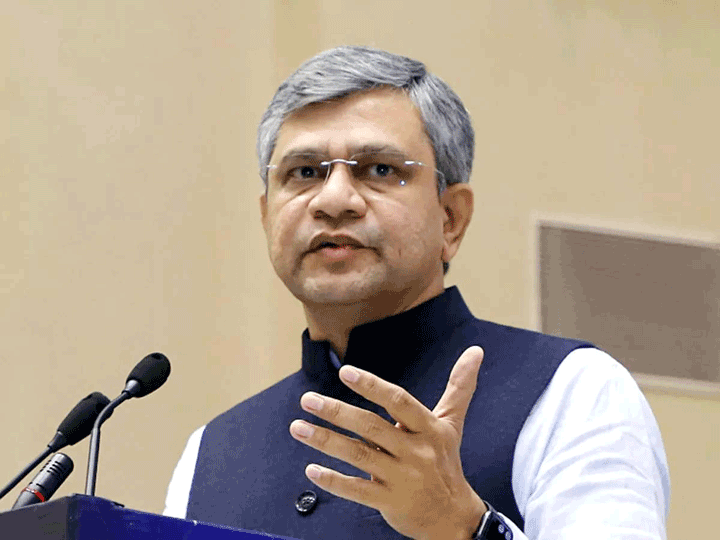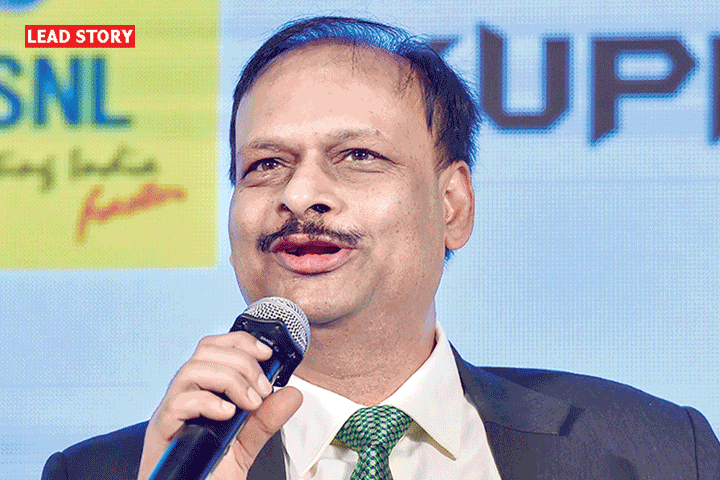India being considered a favorable growth market, says Qualcomm
Qualcomm said that India is considered a very favourable growth market, and it is being recognized by all brands globally. To support the growth, the US-based company is putting in efforts for the development and design capability of smartphones and Internet of Things (IoT) to allow local brands to be more competitive, a top executive said.
In a recent interaction with ET, James J. Cathey, senior vice president of Asia Pacific and India said that Qualcomm is putting in more efforts to build business capability to enable the market for local as well as global brands.
“We continue our interaction with carriers on network planning and optimisation, and putting in efforts for the development and design capability of phones and IoT so that local brands can be more competitive, and have higher chances of success,” Cathey said. “These brands know the market very well, and don’t need more help in entry to mid segment. They need help to get to the higher tier products, where we are helping them.”
Qualcomm will continue its development of products in India through research and developments (R&D) labs, besides continuing its investments in the market through its venture capital fund, the executive said.
“We will also continue to put infrastructure — RF design center, audio, camera and interoperability testing –that global and local brands are able to use,” he said.
The executive believes that India as a market will react to the 5G technology in the same way it is currently reacting to the fourth-generation or 4G technology in India. “While we currently are talking about 4G feature phones, we will soon discuss 5G in big cities in India,” he added.
Speaking on the Internet of Things (IoT) segment of the market, Cathey said sheer number of population in the country will drive the uptake of these new solutions.
“India is going to take advantage of carriers’ capability and providing LTE and narrow band technologies to accelerate industries, and drive more infrastructure IoT solutions in collaboration with the government,” he said.
Qualcomm is hopeful of being instrumental in facilitating the ongoing migration from 2G to 4G or 3G to 4G technology in India and globally. Cathey said that the migration not just benefits end user, but carriers as well.
“They [carriers] have an opportunity to migrate these subscribers. It also gives them opportunity to monetise their infrastructure. It’s the right time to do it with LTE getting pervasive, especially in India,” he added.
Qualcomm sees significant potential for 4G feature phones in India. Cathey said that True LTE, voice over WiFI (VoWiFi) and VoLTE and secure payments will help drive 4G feature phone uptake in India.
“Main driving force will be how aggressive the carriers are in India, and how successful local handset brands are in adopting these from factors,” he noted.
Qualcomm recently launched its latest 205 Mobile platform, which has been designed and developed by its engineering team in India. It is working with Reliance Jio and a number of Chinese original equipment makers, original device makers, along with Indian players like Micromax to launch 4G VoLTE feature phones based on this SoC.
“We have a large feature phone market today. If we can provide that same phone factor at a very price consumable point but with better capability, then it will absolutely drive the mass adoption [for 4G feature phone,” Cathey said.











